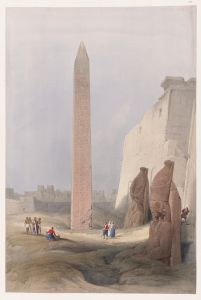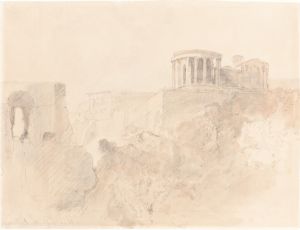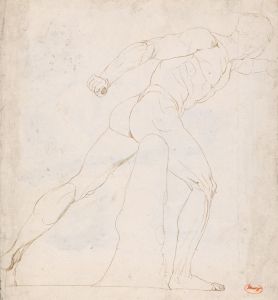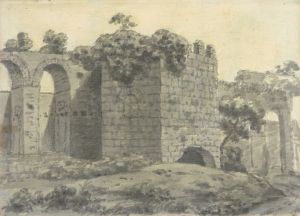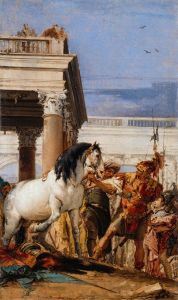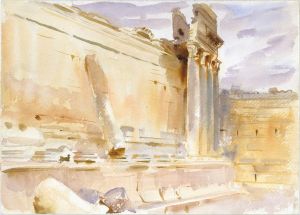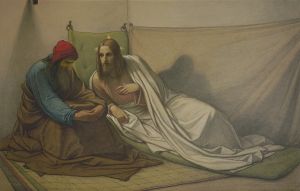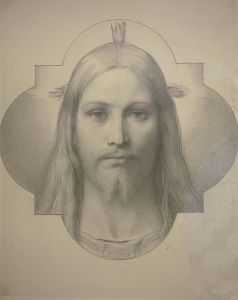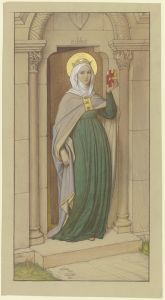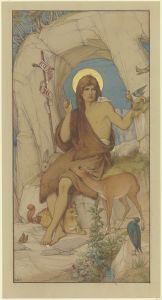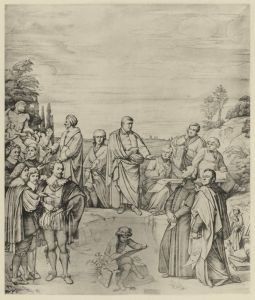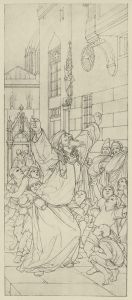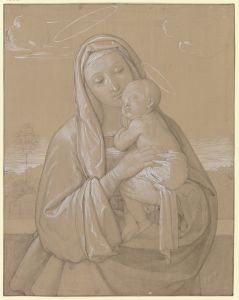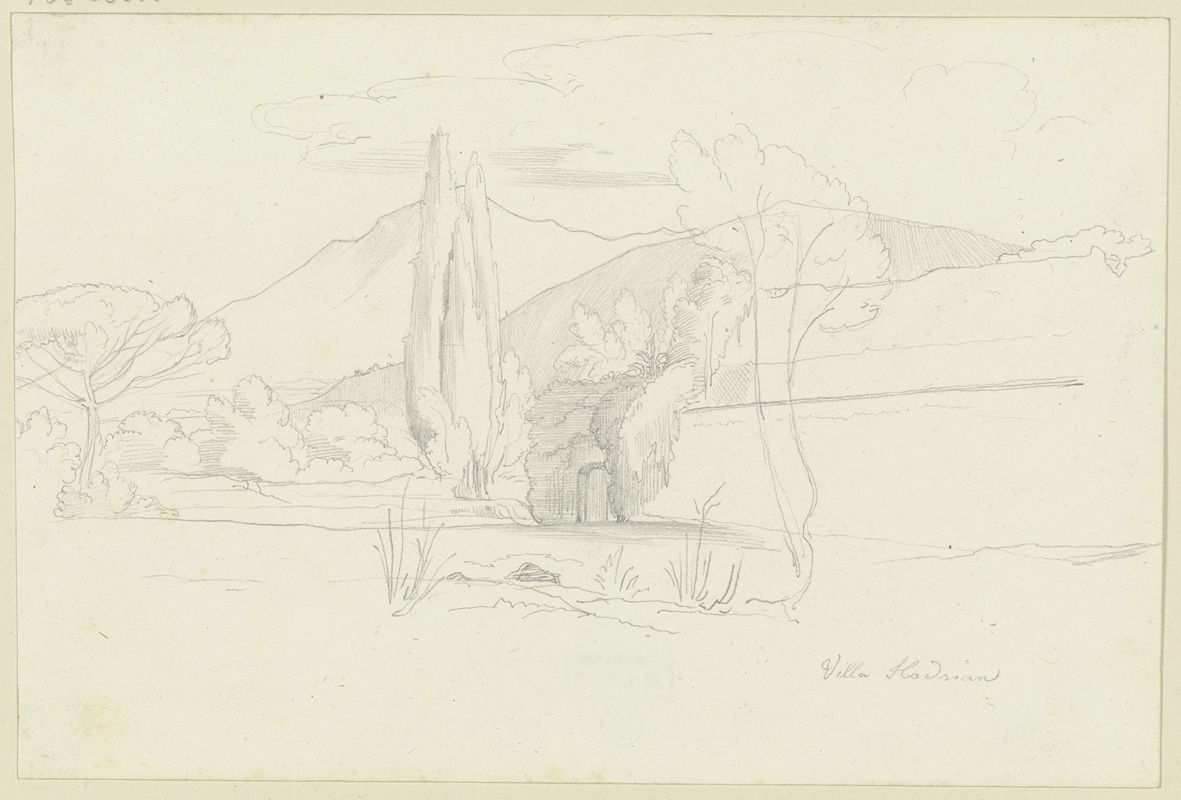
Villa Hadrian bei Tivoli
A hand-painted replica of Eduard von Steinle’s masterpiece Villa Hadrian bei Tivoli, meticulously crafted by professional artists to capture the true essence of the original. Each piece is created with museum-quality canvas and rare mineral pigments, carefully painted by experienced artists with delicate brushstrokes and rich, layered colors to perfectly recreate the texture of the original artwork. Unlike machine-printed reproductions, this hand-painted version brings the painting to life, infused with the artist’s emotions and skill in every stroke. Whether for personal collection or home decoration, it instantly elevates the artistic atmosphere of any space.
Eduard von Steinle was a prominent 19th-century German painter, known for his contributions to the Nazarene movement, which sought to revive honesty and spirituality in Christian art. His works often depicted religious themes, historical subjects, and landscapes, characterized by a meticulous attention to detail and a deep sense of narrative.
"Villa Hadrian bei Tivoli" is one of Steinle's notable works, capturing the essence of the Villa Adriana, or Hadrian's Villa, located near Tivoli, Italy. The villa was a large Roman archaeological complex built by Emperor Hadrian in the 2nd century AD. It served as a retreat from Rome and was renowned for its architectural grandeur and the integration of various cultural influences, reflecting Hadrian's extensive travels across the Roman Empire.
Steinle's depiction of the Villa Hadrian bei Tivoli is a testament to his skill in landscape painting and his ability to convey the historical significance of his subjects. The painting likely captures the serene beauty and the classical architecture of the villa, which was inspired by Greek, Egyptian, and Roman styles. Steinle's work would have emphasized the harmony between the natural landscape and the architectural elements, a common theme in his landscapes.
The Villa Adriana itself is a UNESCO World Heritage Site, recognized for its historical and cultural importance. It was a sprawling complex that included palaces, theaters, temples, libraries, and baths, all set within a lush landscape of gardens, fountains, and pools. The villa was designed to reflect the ideal of a perfect retreat, combining the luxury of imperial Rome with the tranquility of nature.
Steinle's painting would have been informed by the villa's historical context and its significance as a symbol of Roman opulence and architectural innovation. His attention to detail and his ability to capture the essence of historical sites would have brought the villa to life for viewers, offering a glimpse into the grandeur of the Roman Empire.
The painting "Villa Hadrian bei Tivoli" is an example of Steinle's broader body of work, which often explored themes of history, spirituality, and the natural world. His art was characterized by a commitment to narrative and a deep respect for the subjects he depicted, whether they were religious figures, historical events, or landscapes.
Eduard von Steinle's contributions to art were significant during his lifetime, and his works continue to be appreciated for their beauty and historical insight. His painting of the Villa Hadrian bei Tivoli stands as a representation of his ability to blend historical accuracy with artistic expression, creating works that resonate with viewers both in his time and today.





